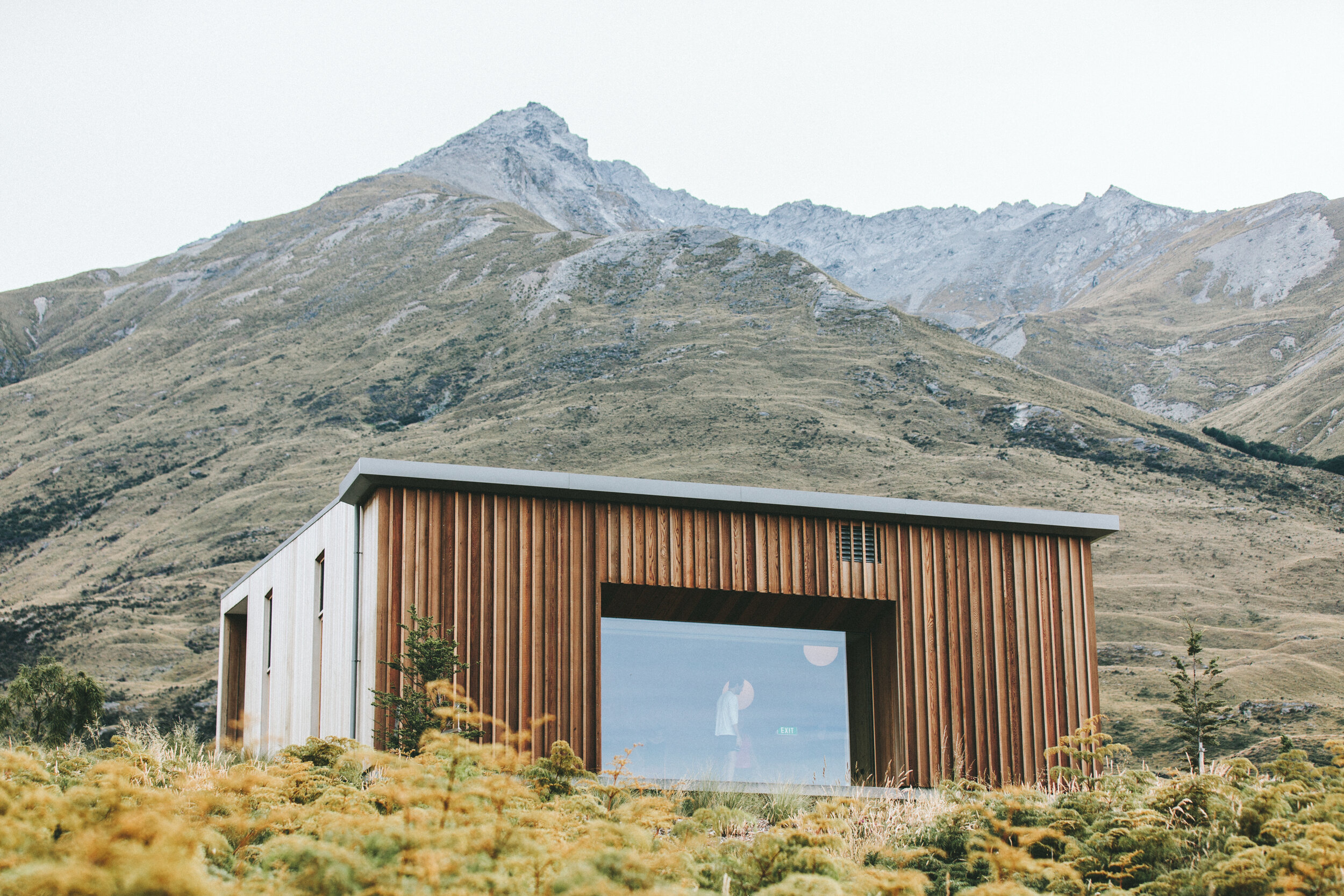
There is always light within us that is free from all sorrow and grief, no matter how much we may be experiencing suffering.
-Pantanjali
What is yoga?
Yoga is an ancient practice that harmonizes the body, mind, and spirit through a series of physical, mental, and spiritual disciplines. At its core, yoga is about balance and self-awareness, guided by the Eight Limbs of Yoga. The one the western world knows best is asana, or the physical poses. While asana is the most commonly practiced aspect in the Western world, yoga encompasses much more, offering a path to a deeper sense of peace and well-being through practices like mindfulness and moral conduct. By embracing all eight limbs, yoga provides a holistic approach to a more fulfilled life.
How can yoga help me?
Yoga can help you by providing a deeper connection between your mind and body, allowing you to be fully present in your own space. Whether you're looking for relaxation, strength, flexibility, or mental clarity, yoga offers various styles tailored to different needs. Some styles focus on deep stretching and relaxation, while others emphasize strength, balance, and stamina. This versatility makes yoga accessible to everyone, regardless of fitness level or personal goals. By learning to tune into your body, yoga helps reduce stress, improve physical health, and foster a greater sense of well-being in everyday life.
Sometimes yoga can be a nice balance if you are not ready for therapy
You don’t ned to be flexible or have a quiet mind to practice yoga, just a willingness to learn!
Styles of yoga
*
Styles of yoga *
-
Vinyasa yoga is a style where you move smoothly from one pose to the next, usually with your breath guiding each movement. In a slow flow version of Vinyasa, the pace is slower, allowing you to focus more on your breath, form, and mindfulness as you flow through each pose. It’s a great way to build strength, flexibility, and relaxation at a more relaxed pace.
-
Yin yoga is a slower, more peaceful style where you hold each pose for a longer time, usually 3 to 5 minutes. It focuses on stretching deep tissues, like ligaments and joints, rather than muscles. The goal is to relax into the stretch and find stillness, which helps improve flexibility, reduce stress, and promote relaxation. Yin yoga is not recommended for pregnancy. However, if your body is calling for practice please let me know and we can find alternatives to poses.
-
Restorative yoga is a gentle practice where you use props like blankets and pillows to support your body in restful poses for longer periods. It’s designed to help you relax deeply, reduce stress, and restore energy. By focusing on relaxation, it can improve sleep, calm the nervous system, and promote healing in both body and mind. Restorative yoga has been scientifically proven to assist in weight loss, decrease in blood pressure, among other health benefits.
-
Yoga Nidra is a form of deep relaxation where you lie down comfortably and are guided through a series of peaceful visualizations and body scans. It's like a guided meditation that helps you reach a state of deep rest, almost like a nap, while staying fully aware. It’s great for reducing stress, improving sleep, and calming the mind. This style is most often combined with Restorative Yoga.
-
Meditation is a practice where you focus your mind, often by paying attention to your breath, a word, or a sound, to help calm your thoughts and relax. It’s a way to quiet the mind, reduce stress, and improve focus. With regular practice, meditation can help you feel more present and peaceful. Meditation is built into each practice, but can be a class on it’s own if you are wanting more time, or can be an add on to a class.
-
Yoga can be tailored into one of the styles listed or any combination you are looking for. Reach out if you want to discuss options!

I’m still not sure yoga seems like it is for me or my workplace
And that’s okay! Let’s have a conversation about meeting the needs you are looking for
My goal as a yoga teacher is to nurture and foster connections with students and organizations who are looking to connect to their body.
Pricing Options
-
Private classes
1-5 students
60 minute classes, any style
Add ons available
$100 1-2 students, or $30 per person up to max
Travel Cost if greater than 15 miles
Some props can be offered
-
Corporate Classes
As many students as the organization wishes to offer
Add ons available, but could be limited due to class size
$150 per 60 minute class
Travel cost if greater than 15 miles
Organizations are asked to supply their own mats and props
-
Fundraising classes
I would love to help fundraise for a cause! While most causes are worthy, I can choose to decline if it goes against my values.
Please reach out and we can come to an agreement about cost!
-
Volunteer
Some causes are worthy of volunteer time!
I would be happy to volunteer my time and services to police and fire departments, emergency responder services, and active duty military.
If you think you fall under one of these categories, or want to discuss if you qualify, please reach out to discuss
What are the add ons?
-

Reiki
Reiki is a healing practice where a practitioner uses their hands to gently touch or hover over your body, channeling energy to help restore balance and promote relaxation. Unlike yoga, which involves physical postures and breathwork, Reiki focuses on energy healing and can help reduce stress, relieve pain, and support overall well-being. It’s a calm and non-invasive way to nurture your body and mind.
-

Essential Oils
Essential oils can enhance yoga and meditation practices by promoting relaxation, focus, and overall well-being. When diffused or applied topically, oils like lavender can help calm the mind and reduce stress, while invigorating oils like peppermint can increase alertness and energy. Using essential oils in class creates a soothing atmosphere, deepening the experience, and encouraging a stronger mind-body connection. They can also help improve breathing, ease tension, and support emotional balance during practice.
-

Other options
Sound Healing: Incorporating instruments like singing bowls, gongs, or calming music to promote deeper relaxation and meditation.
Guided Meditation: Adding a meditation session before or after yoga to promote mental clarity and relaxation.This option would likely increase length of time.
Props: Providing props like blocks, straps, blankets, and bolsters for extra support, especially in restorative or beginner classes.
Chakra Healing: Focused practices on balancing and aligning the body’s energy centers, sometimes with crystals or specific breathing techniques. Reiki more often is used for Chakra healing, but there are specific yoga poses which can do this as well.

